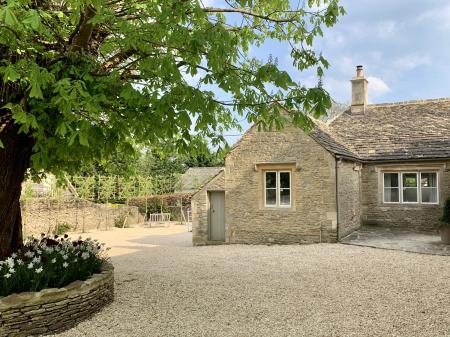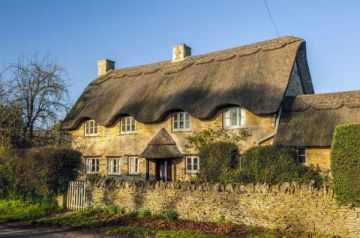
The 160 acres of parkland is home to some particularly fine specimen trees including Giant Redwood, Wellingtonia, Cedar and a huge 600-year-old Oak.
What to see:
The Park is divided into four main animal areas, plus the gardens and woodland. The animal areas are Birds, Mammals, Primates, and Reptiles. There is a special emphasis on species which are endangered in the wild. Over 130 species of birds are cared for here, with favourites including Humboldt penguins, Bali starlings, black storks, Blue and Yellow macaws, kookaburra, and Chilean flamingos, to name just a few.

Among the mammal, collection are large herbivores like rhinoceros, camels, giraffes, oryx, zebra, and tapir, plus carnivores such as the Asiatic lion, giant anteater, and warty pigs. Primates are a big favourite with visitors, with species including lemurs, meerkats, sifika, and tamarin. There is a special area for Egyptian fruit bats, and a Madagascar walkthrough area exhibiting many of the strange and unusual species from that area.
The reptile area contains one of the largest collections in Britain. One of the most popular exhibits with visitors are the large snakes like pythons and anacondas. Watch for poisonous varieties such as puff adders and the deadly black mamba. Less frightening are the giant tortoises, African frogs, and chameleons, but watch out for the bird-eating spider and the blue poison dart frog!
Aside from the animal enclosures, a great emphasis is placed on the gardens; creating a Theatre with Plants' to show the diversity of the plant world. The gardens are integrated with the animals exhibits, but there is also a colourful walled garden area, and a large number of mature trees providing shade and a green backdrop to the wildlife exhibits.





 We've 'tagged' this attraction information to help you find related historic attractions and learn more about major time periods mentioned.
We've 'tagged' this attraction information to help you find related historic attractions and learn more about major time periods mentioned.



